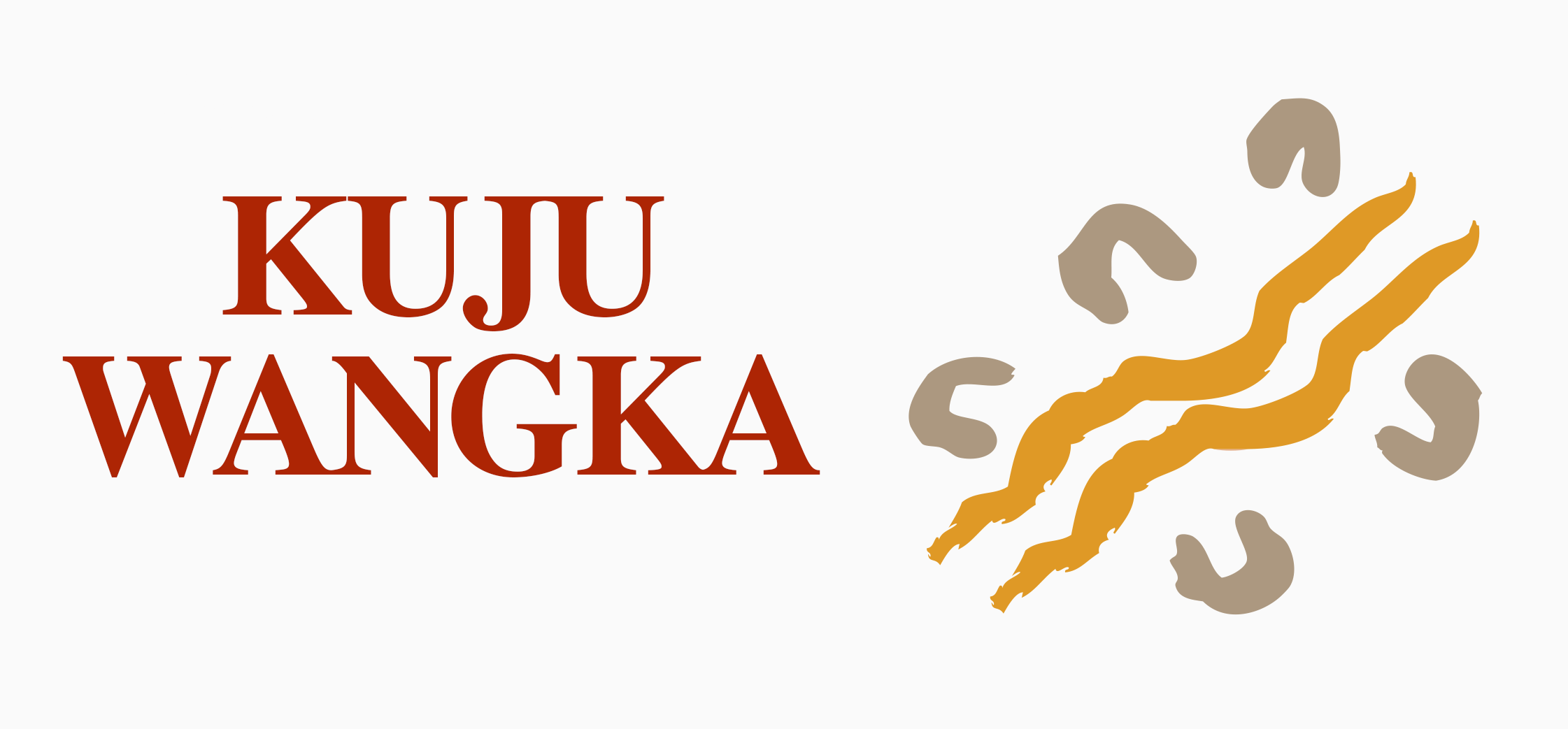Ngurrara Country (Wells 40-49)
Ngurrara Country is home to several Traditional Owner groups, including the Walmajarri/Juwaliny, Wangkajunga, Mangala and Manjilyjarra people. Their ownership covers the northern section of the Canning Stock Route (CSR), spanning about 7.6 million hectares.
Ngurrara Traditional Owners also have a declared Indigenous Protected Area (IPA) — the Warlu Jilajaa Jumu IPA — which covers a large tract of the north-western Great Sandy Desert. The Ngurrara ranger program is also long standing and well established. Water is sourced mainly from water holes and soaks that have to be cleaned out to obtain water. For this reason, visitors are encouraged to bring and use their own supplies.
CULTURE + HERITAGE
Jila (living water) was the main source of water for Traditional Owners without which they wouldn’t have been able to survive. Each jila has high cultural values, and many have been central for rain dances and other ceremonies. The landscape itself has cultural values, including landmarks such as hills, lakes, sandhills and soak water, all of which have stories associated with them on their creation and history. The plants and animals have cultural stories about their creation, kinship and history. The Ngurrara claim area, which the IPA lies within, has no delineated borders but is defined by the jila or living waterholes. The jila were focal points along the routes people used to travel for hunting, ceremony and trade.
FLORA + FAUNA
Sand dunes running roughly east to west dominate the country with occasional rocky outcrops and salt lakes also occurring. The dominant vegetation is spinifex with wattle and small trees such as drought resistant eucalypts, grevilleas and hakeas.

